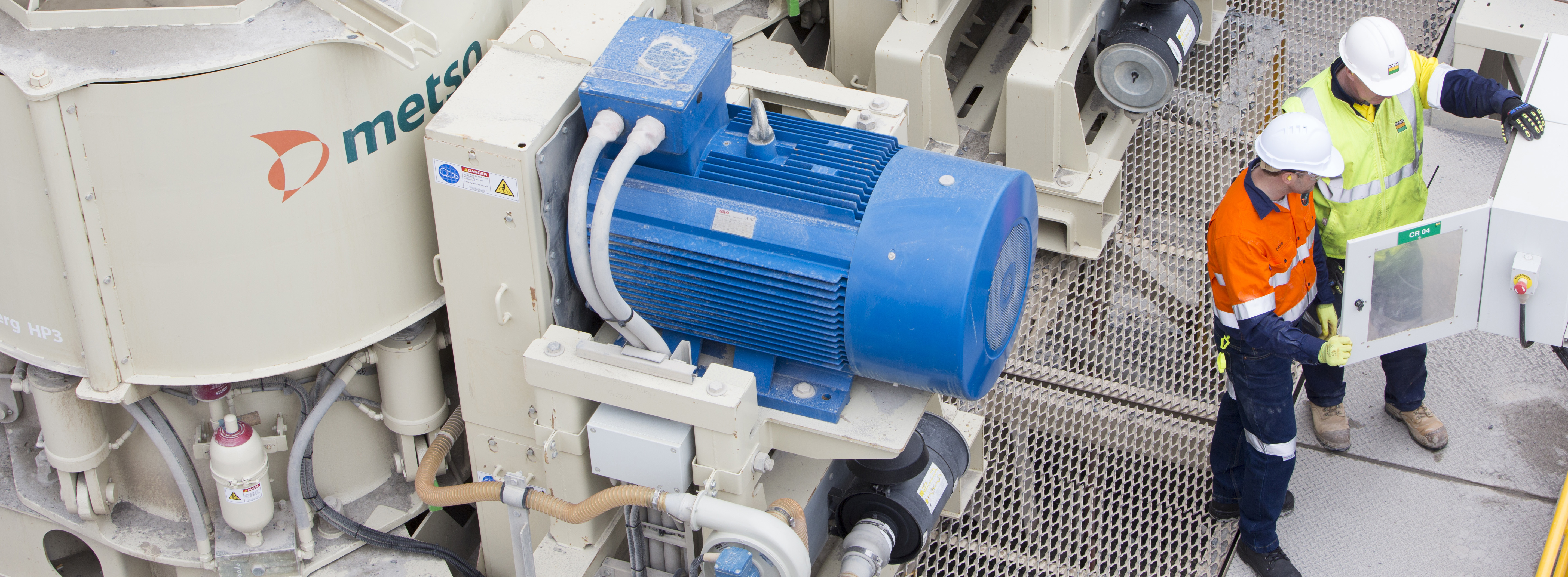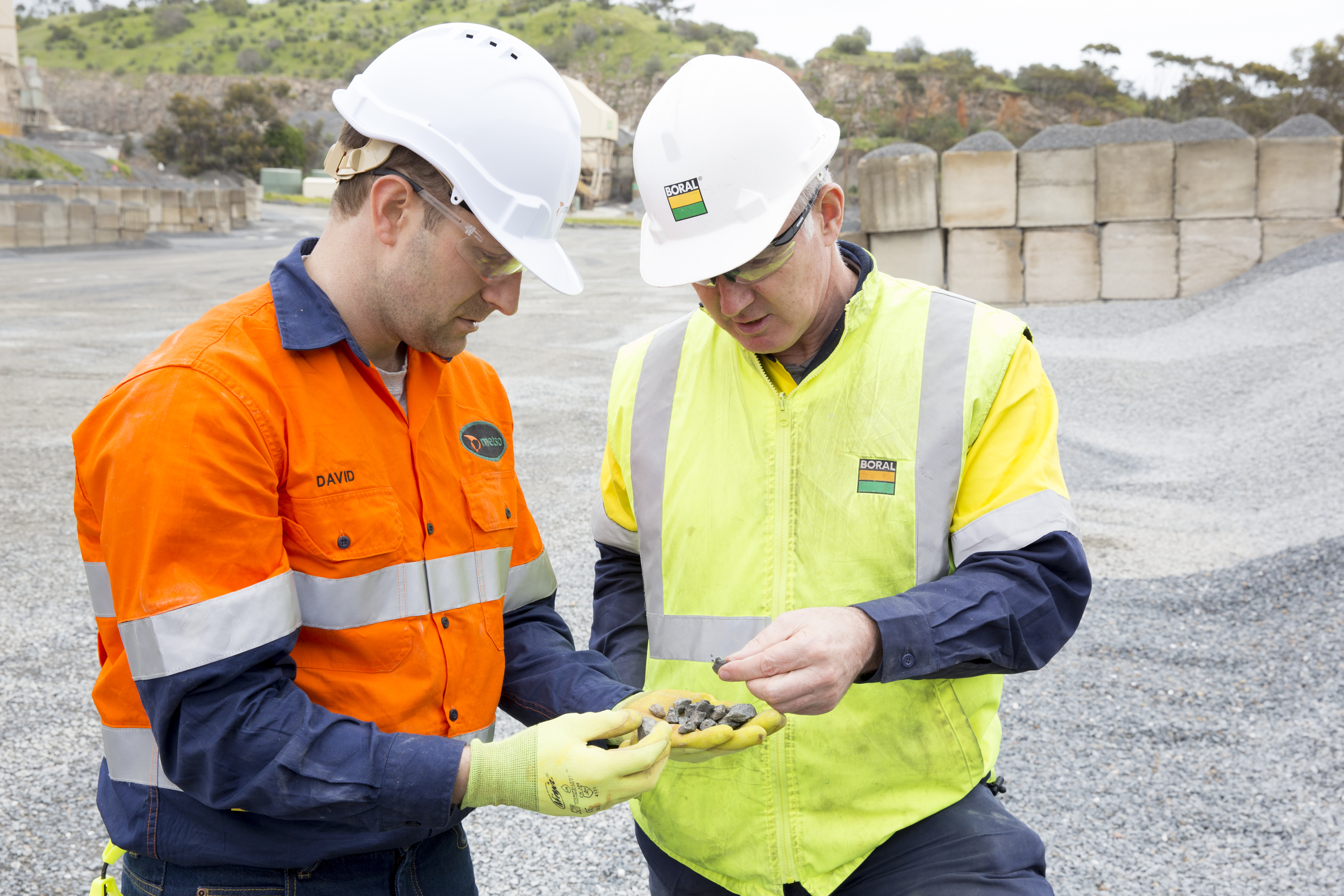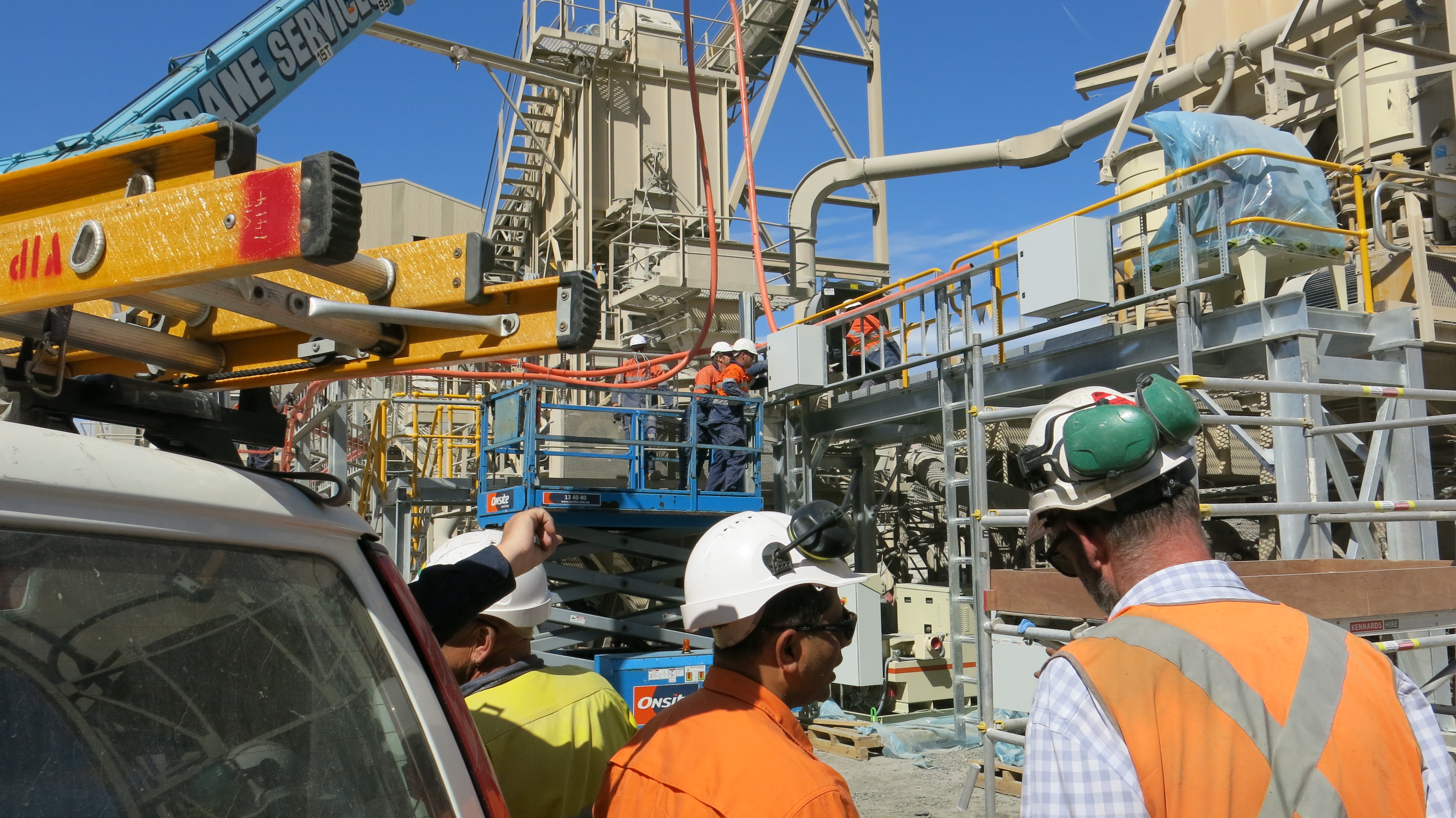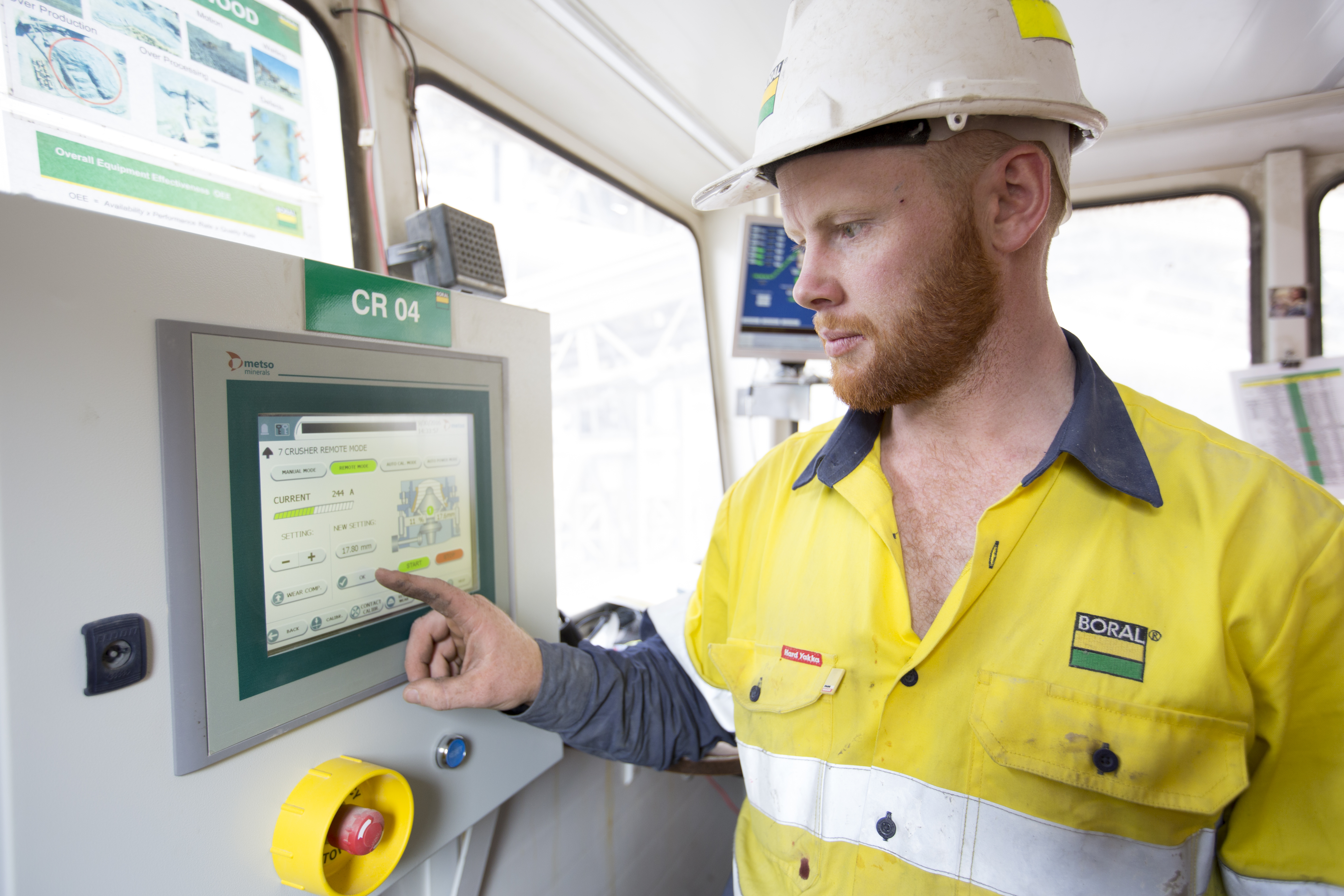Linwood is currently the largest capacity quarry servicing the Adelaide metropolitan area. In recent years, the region has seen a flurry of large construction projects such as Adelaide’s Desalination Plant, the city’s Northern and Southern Expressways and the Royal Adelaide Hospital. As a consequence of these important projects, the demand for aggregate products has progressively increased, challenging the quarry’s production capabilities. In 2013, site management identified the need to upgrade their crushing and screening plant with the latest technology in order to meet this growing demand.
Improving primary crusher throughput
The requirement for new equipment first became evident in the quarry’s primary crushing section. The plant’s 30-year-old primary jaw crusher was struggling to keep up with production demands. The machine’s reliability and downtime were affecting overall plant performance. Maintenance costs had risen sharply and the availability of spares had become an ongoing problem. After considering the cost of refurbishing the existing crusher, Linwood’s management decided that investing in a new machine was their best option. Following a detailed analysis of the quarry’s requirements, the team selected Metso’s Nordberg® C140™ jaw crusher.
Quarry Manager, Andy Baker explains the decision: “Minimising the need to modify our existing civils was a key prerequisite for the new machine. Essentially we needed a modern like-for-like crusher that would fit into the existing footprint, increase throughput and be easy to maintain – Metso’s C140 met all these criteria,” he said.
Whilst improving throughput and reliability was a priority, Linwood’s management also recognised the upgrade as an opportunity to improve site safety. As part of the crusher installation, new walkways and access platforms were designed to improve access to the quarry’s primary crushing station.
Once the C140 was installed, the crusher’s performance and reliability significantly improved product quality and throughput. The new machine’s ability to deliver more consistent output also immediately reduced the load and wear rates in other key areas of the plant. Where personnel previously needed to constantly monitor the crusher to ensure a consistent product output size, this was now an automated process. Andy comments, “Now we can simply program the gap setting and be confident about what product we are going to get. The C140’s hydraulic adjustment provides a massive advantage for us in terms of overall efficiency and safety. It eliminates manual adjustments and associated hazards. This saves us time and keeps our production rates up,” he said.
The plant’s primary crusher upgrade represented a big change for quarry staff, as it brought the latest technology to the primary crushing process in the form of advanced automation and safety. Metso’s Area Manager - Andy Gough says that post-commissioning support was very important to ensure a smooth transition period. “The new machine offered many benefits, however it was a significant change for the site. We worked hard to maintain a presence at the quarry post commissioning, offering a comprehensive range of support services during this critical period,” he said
A win in tertiary crushing quality and efficiency
Shortly after the new crusher was installed in 2014, its increased production capacity shifted the site’s bottleneck to the tertiary crushing circuit. Tertiary crushing involves further reducing aggregate in size while shaping it into final end products. Whilst it’s important to keep up with upstream feed rates, high precision is required to ensure the right product shape. Linwood had two cone crushers responsible for this task that were nearing the end of their effective service life.



